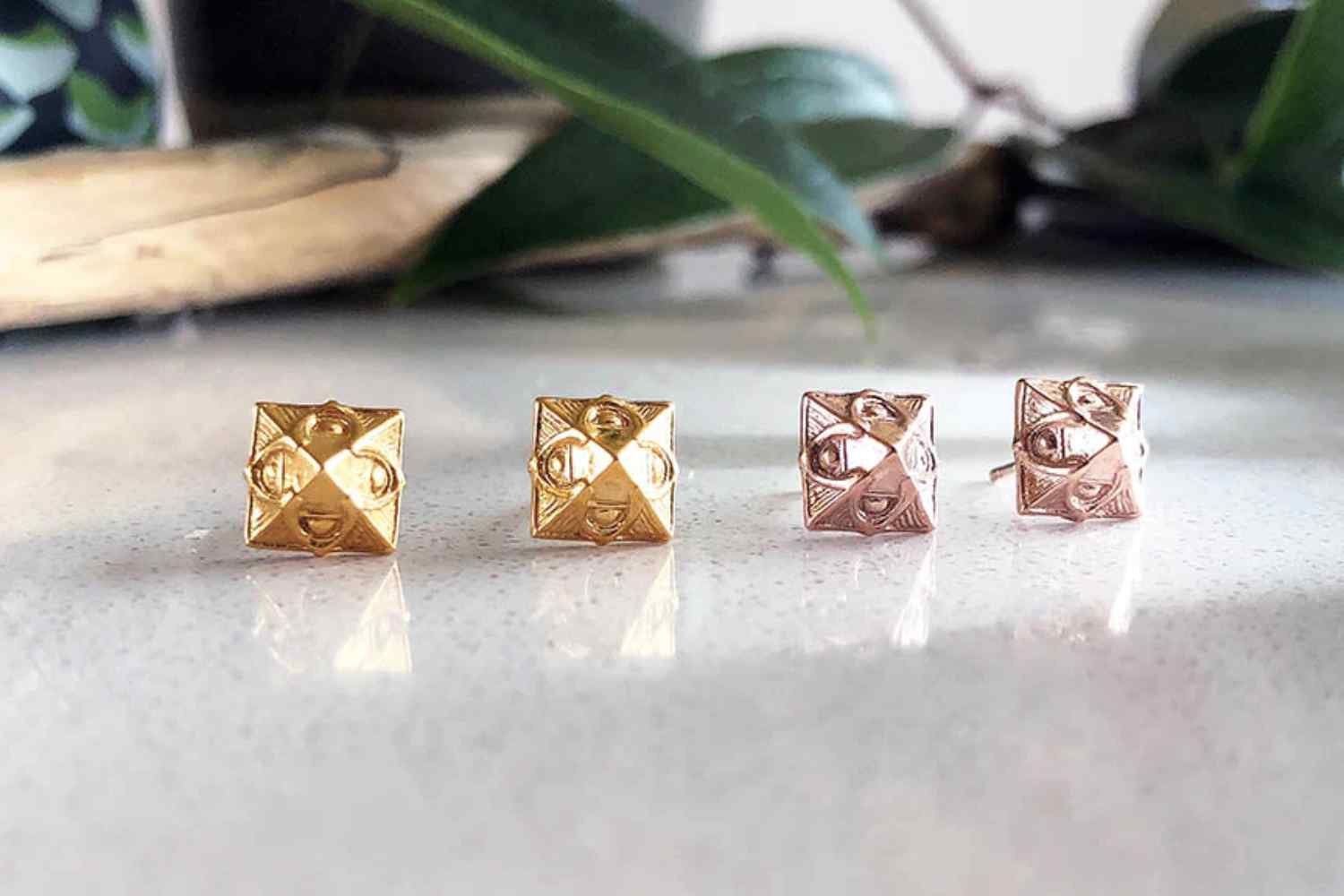
One of the main elements that influence the value of gold pieces is market demand. When a greater number of individuals want to buy gold, its cost tends to rise. This need can originate from various origins, such as jewelry creators, traders, and central banks. For example, during periods of economic instability, numerous traders shift to gold as a safe haven for their funds. This increased need can raise the price of gold pieces. Conversely, if demand decreases, the worth of gold may fall. Understanding market patterns and buyer behavior is essential for assessing the current worth of gold.
Another important factor is the purity of the gold. Gold is assessed in karats, with 24 carats being pure gold. Pieces with higher fineness standards are generally considered worth than items with lesser levels. For example, an item crafted of 18-carat gold contains 75% gold and 25% other alloys, while a 14-karat piece contains only 58.3% gold. Consumers often look for high-purity pieces because they are considered durable and have a greater inherent value. Hence, when assessing the worth of gold items, it is essential to consider their fineness level.
Craftsmanship also has a significant part recommended read in influencing the value of gold pieces. The skill and craft put into in making a piece can significantly influence its worth. Handmade ornaments, for example, may be considered valuable than factory-made items due to the time and care put in its creation. Distinctive designs and detailed details can boost the appeal of gold pieces, making them considered attractive to enthusiasts and consumers. Therefore, the craftsmanship of a gold item can greatly influence its consumer value.
Economic circumstances are another important factor that affects the value of gold. The price of gold is frequently linked to the general health of the financial system. During times of inflation or financial instability, gold is perceived as a dependable investment. As a result, its value may rise. On the other side, when the economy is strong and steady, the demand for gold may fall, resulting to reduced costs. Investors and enthusiasts must keep an eye on economic markers, such as interest levels and inflation levels, to grasp how these factors can affect the worth of gold pieces.
The value of gold articles is determined by a combination of elements, including consumer need, purity, artistry, and economic conditions. Grasping these factors can assist people make informed decisions when buying or selling gold. As gold continues to be a important asset, staying aware about these factors will be advantageous for anyone engaged in the gold market. Whether for individual use or investment reasons, recognizing what gold cash offers influences the worth of gold can result to superior decisions and enhanced contentment.